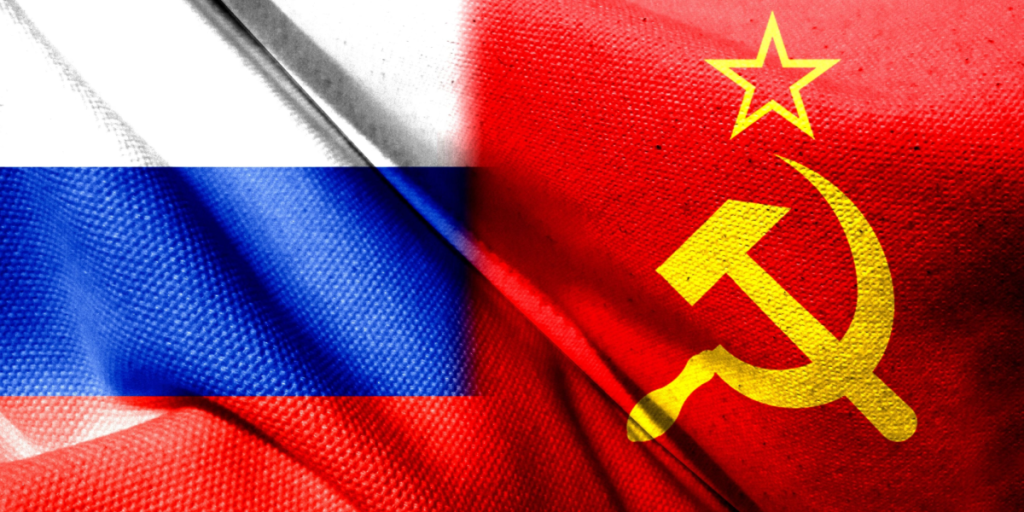There are some differences, but the similarities are obvious.
Others are reading now
There are some differences, but the similarities are obvious.
Russia Seizes $50 Billion in Assets

Over the past three years, Russia has confiscated approximately $50 billion worth of assets, targeting both Western-owned companies and domestic firms.
The move reflects an aggressive shift towards state control, reminiscent of Cold War-era economic centralization.
Echoes of the Soviet Playbook
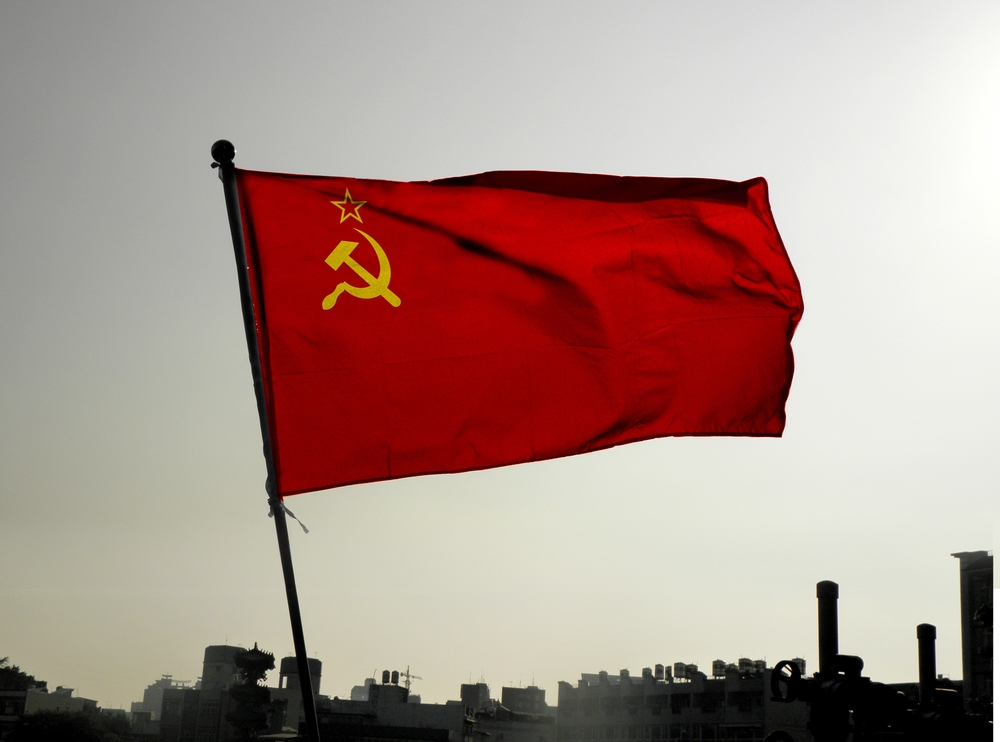
Much like the Bolsheviks after the 1917 Revolution, the Kremlin is reasserting control over key sectors of the economy.
Also read
While Soviet nationalization was driven by communist ideology, today’s actions are rooted in strategic and geopolitical priorities.
Fortress Russia: A New Economic Model
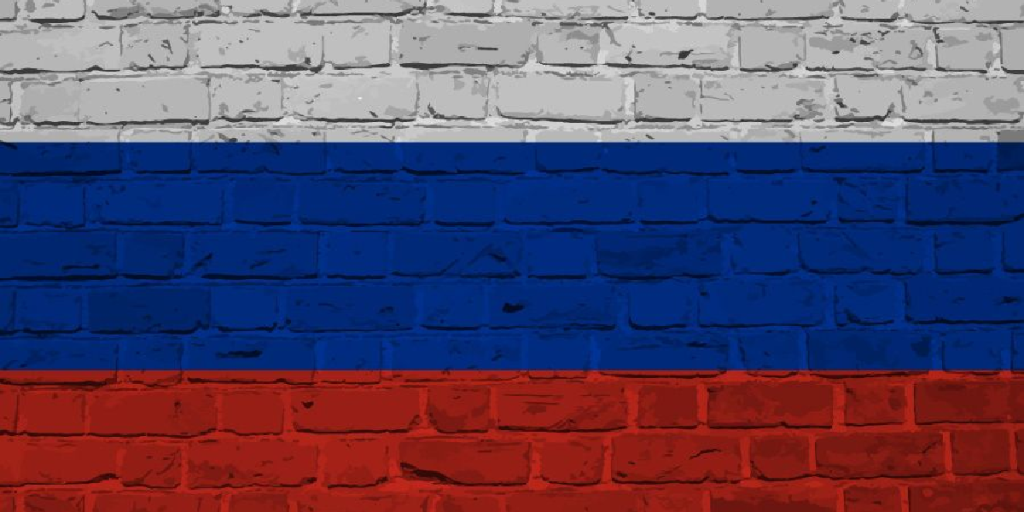
The Kremlin is building a “Fortress Russia”, focusing on self-sufficiency, reduced reliance on the West, and tighter control over strategic industries.
This approach mirrors the autarkic goals of the Soviet Union during the early Cold War years.
Legal Justifications with Political Undertones
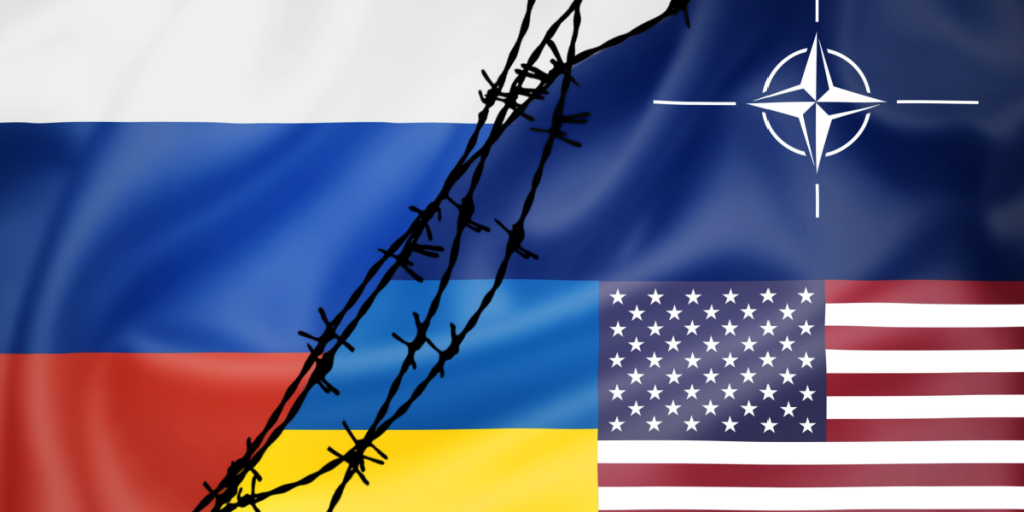
Today’s confiscations are often framed as legal actions—tied to corruption, national security, or violations of privatization deals.
But critics argue that these justifications mask a broader effort to consolidate power and retaliate against Western influence.
Domodedovo Airport: A Symbolic Case
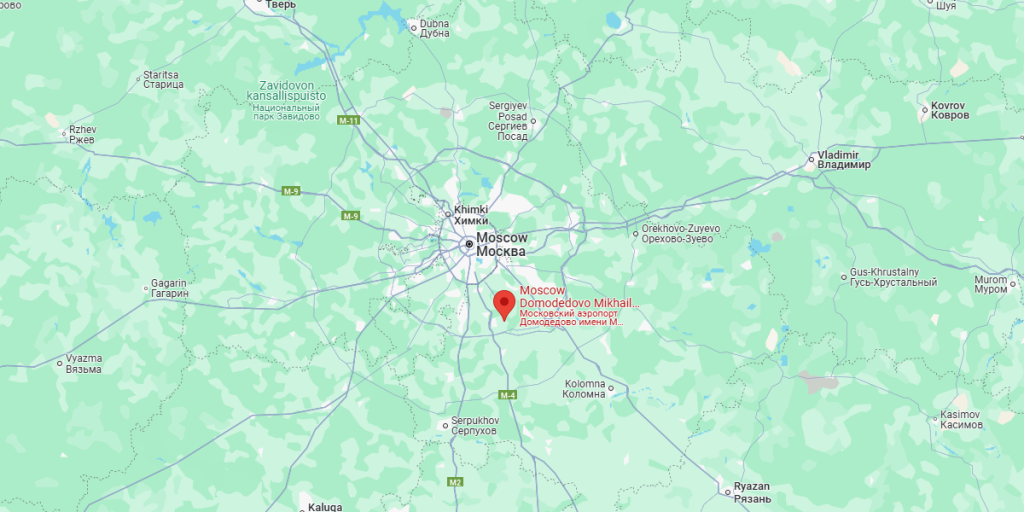
One of the highest-profile seizures was Domodedovo Airport, Russia’s busiest.
Authorities cited the owner’s dual citizenship as a security risk.
The move highlights how asset grabs are being tied to patriotism and perceived loyalty to the state.
From Foreign Exodus to State Opportunity

After over 1,000 Western companies exited Russia following the 2022 invasion of Ukraine, state-linked entities began stepping in to take control.
These takeovers are part of a broader realignment where public and semi-public firms fill the economic void.
Strategic Retaliation to Sanctions
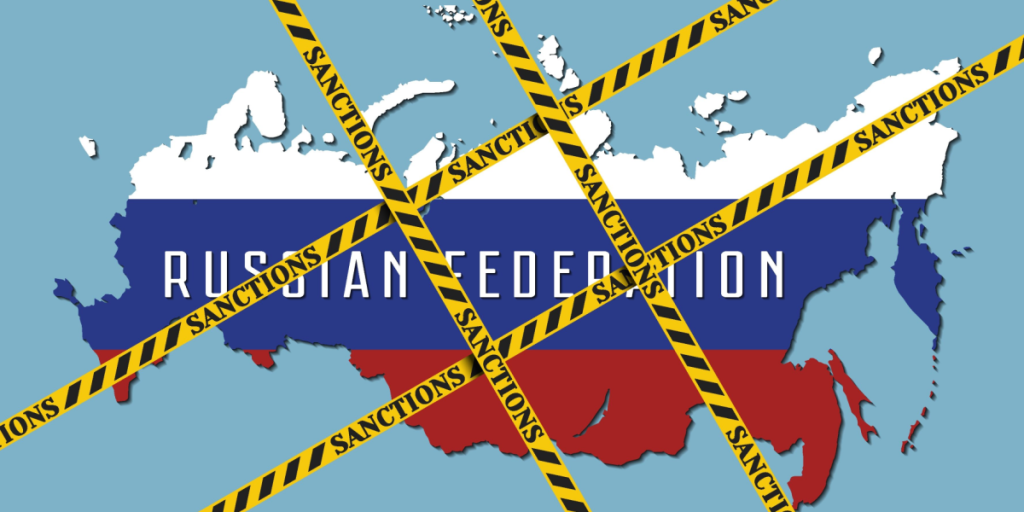
Russia’s asset confiscations serve as a countermeasure to Western sanctions, allowing Moscow to both punish foreign companies and assert its economic independence.
It’s a strategic, if risky, form of geopolitical signaling.
Modern Tools, Old Tactics
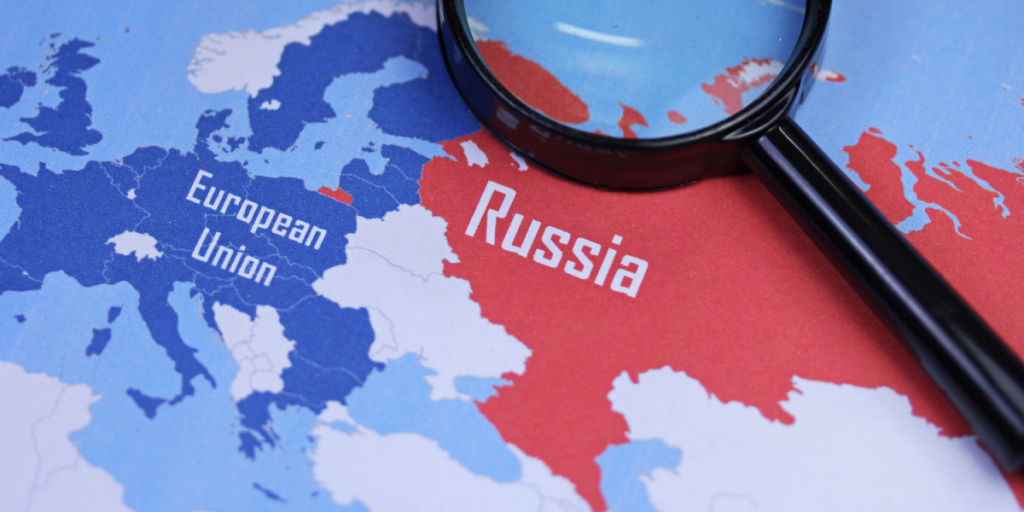
Though the legal language and state structures have changed, the underlying tactic remains: removing private (especially foreign) control over strategic sectors and transferring power to state-friendly hands—much like under Soviet nationalization.
Domestic Businesses Are Not Immune
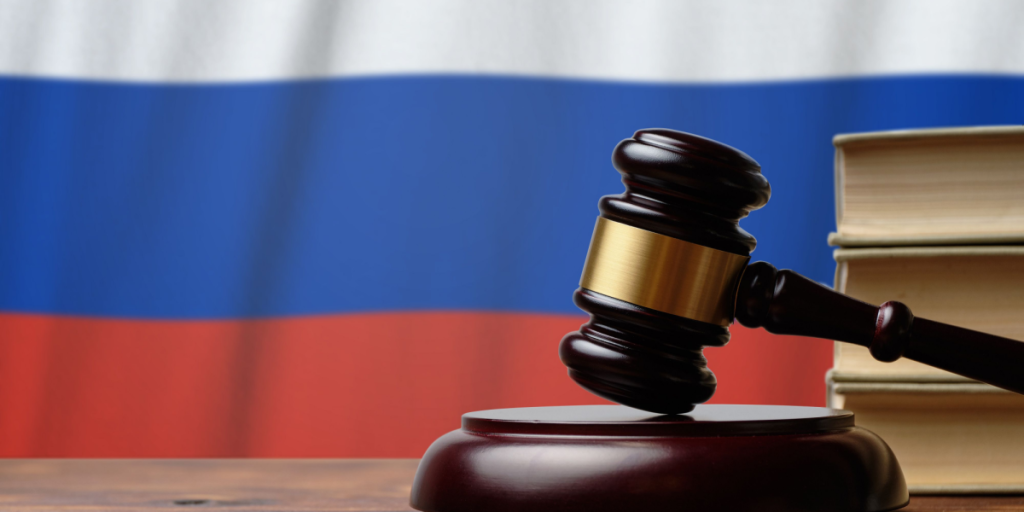
Even Russian companies have been nationalized, often due to alleged financial misdeeds or political disloyalty.
The trend shows that economic nationalism is being enforced across the board, not just aimed at outsiders.
Economic Control Reimagined
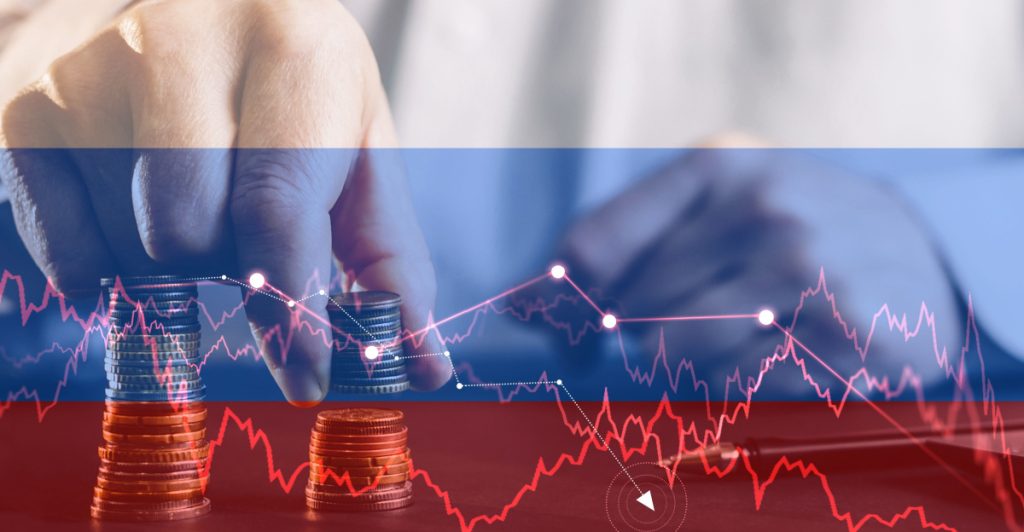
Ultimately, Russia is redefining economic governance in wartime conditions.
The current wave of confiscations blends historical precedent with modern legal framing, reinforcing the Kremlin’s authority while reshaping the post-2022 economic landscape.

